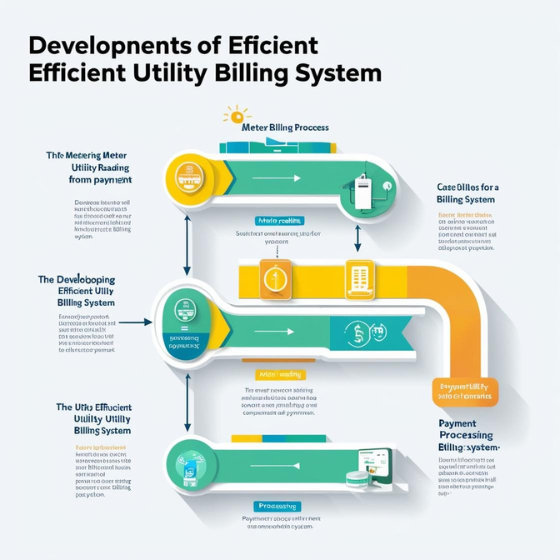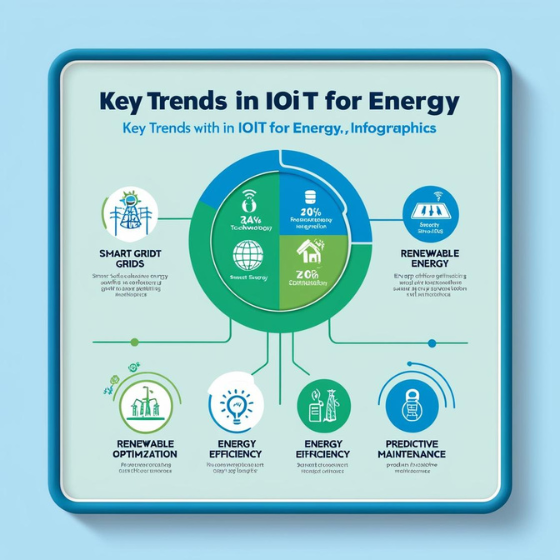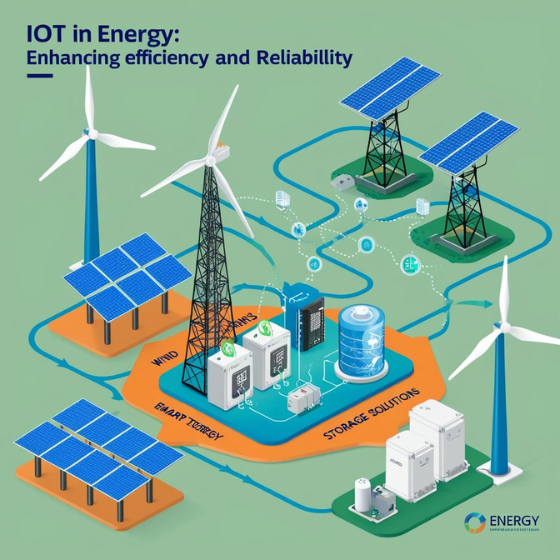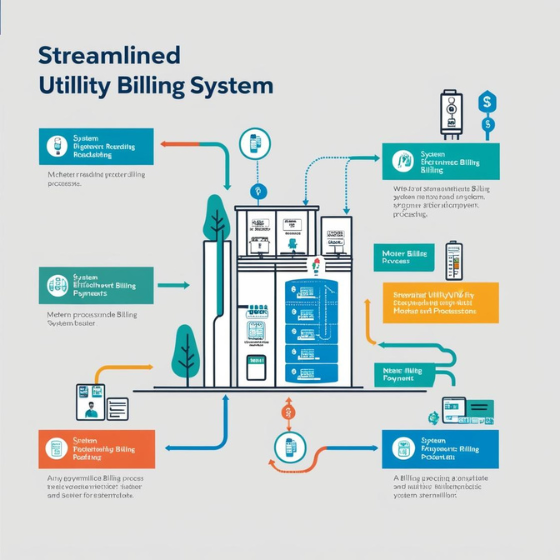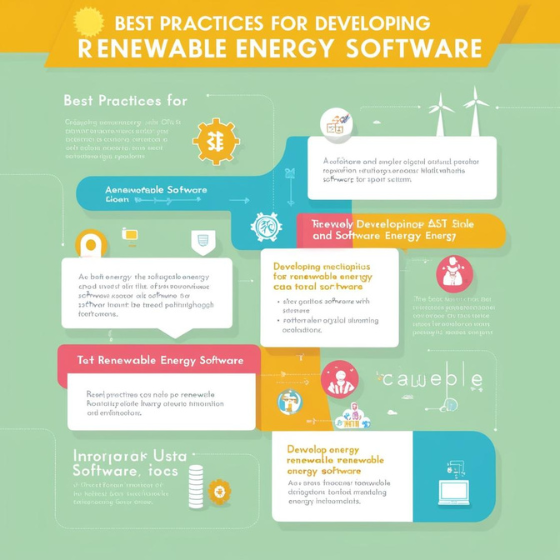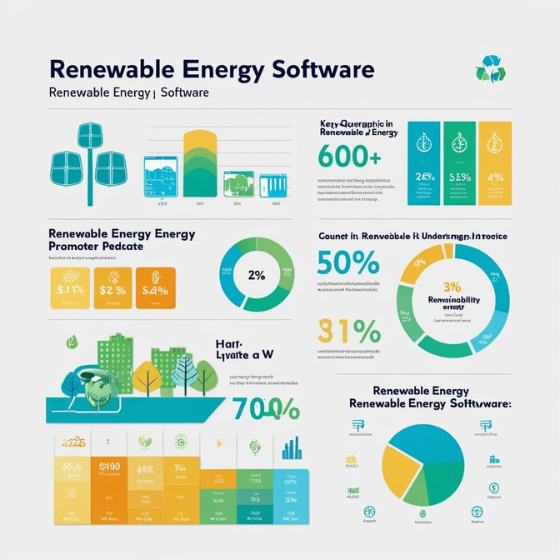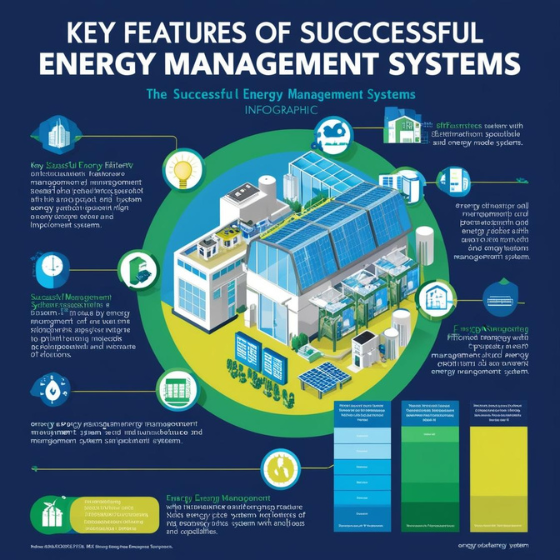Developing Efficient Utility Billing Systems
In today’s fast-paced world, utility companies face increasing demands to manage energy distribution efficiently, reduce costs, and ensure accurate billing. As businesses and consumers rely more on digital solutions, developing efficient utility billing systems has become essential for streamlining operations, improving customer experience, and ensuring compliance with regulations.
An effective utility billing system doesn’t just calculate and issue invoices—it also helps companies track usage, manage payments, and maintain transparency. This article will explore the key steps and best practices for developing efficient utility billing systems that can meet the evolving needs of the energy and utility sectors.
Why Efficient Utility Billing Systems Matter
Utility billing systems are the backbone of any utility provider, helping ensure timely, accurate billing while preventing disputes and improving cash flow. An inefficient system, on the other hand, can lead to incorrect billing, delayed payments, and customer dissatisfaction, impacting revenue and reputation.
By developing an efficient utility billing system, companies can:
- Increase operational efficiency: Automating the billing process frees up time for staff to focus on other tasks.
- Enhance customer experience: Customers benefit from accurate billing and seamless payment processes.
- Ensure regulatory compliance: The system can automatically align with industry regulations, helping avoid legal pitfalls.
- Improve financial management: Accurate data helps utilities manage cash flow, reducing late payments and disputes.
Key Steps in Developing an Efficient Utility Billing System
1. Define Your Billing Requirements
Before diving into software development, it’s essential to clearly define your billing requirements. Different utility companies have different needs, whether it’s water, gas, electricity, or a combination of services.
Considerations:
- Types of Billing Models: Time-of-use, flat rates, tiered rates, or variable pricing based on consumption or demand.
- Metering Technologies: Traditional meters or smart meters that collect real-time consumption data.
- Payment Methods: Credit cards, bank transfers, digital wallets, and payment installments.
2. Automate Billing and Payment Processing
Automation is the cornerstone of an efficient utility billing system. Automating the billing process reduces human error, minimizes administrative overhead, and ensures bills are generated on time.
Key Features to Include:
- Automatic Bill Generation: Bills should be generated and sent to customers automatically based on usage data.
- Real-Time Meter Data Integration: Use smart meters or IoT devices to collect real-time usage data, which can then be integrated directly into the billing system.
- Multi-Channel Payment Options: Offer customers the ability to pay via multiple channels, including online portals, mobile apps, and in-person payment locations.
By automating these processes, utility companies can reduce the amount of manual input required, making their billing more accurate and efficient.
3. Integrate Customer Self-Service Features
Today’s consumers expect transparency and ease of access when it comes to their bills. Providing self-service features in the utility billing system enhances customer experience and reduces the strain on customer service teams.
Self-Service Features to Consider:
- Online Bill Payment: Allow customers to pay bills via web or mobile apps.
- Usage Tracking: Provide detailed usage history, including comparison charts to show customers how their consumption is changing.
- Real-Time Alerts: Notify customers when their usage spikes or when a bill is due, reducing late payments and fostering better engagement.
These features empower customers to manage their utility accounts independently, improving satisfaction while reducing operational costs for the utility company.
4. Implement Data Analytics and Reporting
A well-designed utility billing system should not only generate bills but also provide powerful analytics to help utility companies make informed business decisions.
Analytics Features to Consider:
- Consumption Trends: Track consumption patterns and identify trends, which can help forecast future demand and optimize resource allocation.
- Revenue Tracking: Ensure timely collections by monitoring payment status and generating reports on outstanding balances.
- Regulatory Compliance Reporting: Include automated reports to ensure compliance with local, state, and national regulations.
By using data analytics, companies can identify areas for improvement in billing operations, optimize resource allocation, and forecast future trends more accurately.
5. Ensure Security and Compliance
Utility billing systems manage sensitive customer data, making security a top priority. Compliance with data protection laws such as GDPR (General Data Protection Regulation) and PCI-DSS (Payment Card Industry Data Security Standard) is a must.
Security Measures to Implement:
- Data Encryption: Encrypt data at rest and in transit to protect customer information.
- User Authentication: Implement multi-factor authentication (MFA) to secure customer portals and employee access.
- Secure Payment Processing: Use secure payment gateways and ensure compliance with PCI-DSS standards for handling payment information.
Ensuring that your utility billing system adheres to regulatory and security requirements is vital for protecting both the company and its customers.
6. Develop Scalable Solutions
As utility companies expand, their billing system must be able to scale accordingly. Developing a scalable solution ensures that the system can handle increasing amounts of data, new services, and additional customers without compromising performance.
Scalability Considerations:
- Cloud-Based Solutions: Cloud-based systems are inherently scalable, allowing for easy upgrades and the flexibility to handle growing data.
- Modular Architecture: A modular approach ensures that new features or services can be added to the system without disrupting existing operations.
- Capacity Planning: Anticipate future growth in usage and revenue and ensure the system can accommodate peak demand periods.
A scalable billing system will help utilities stay competitive in an ever-evolving market and adapt to emerging technologies such as smart grids and renewable energy integration.
Best Practices for Successful Utility Billing System Development
1. Regularly Update and Maintain the System
To keep the billing system efficient and compliant, regular maintenance and updates are necessary. This includes addressing software bugs, updating pricing models, and ensuring compatibility with new meter technologies.
2. Train Your Team
Ensure that employees are properly trained to operate and maintain the system. From customer support staff to the technical team, everyone should have a clear understanding of how the system works.
3. Test and Pilot the System
Before launching your utility billing system company-wide, conduct rigorous testing and pilot phases. Use a smaller customer base to test the system and resolve any issues before full-scale deployment.
4. Prioritize Customer Support
Offer multiple support channels for customers who may experience issues with their billing or require assistance with the online portal. Good customer support fosters trust and increases overall satisfaction.
Conclusion: Building a Future-Proof Utility Billing System
Developing an efficient utility billing system is essential for improving operational efficiency, reducing billing errors, enhancing customer experience, and ensuring compliance with regulations. By incorporating automation, real-time data integration, self-service features, robust analytics, and secure payment options, utility companies can streamline their operations and provide better service to customers.
The development of a utility billing system should also keep future scalability and technology trends in mind. With the increasing adoption of smart meters, renewable energy, and dynamic pricing models, a well-developed billing system can help utilities stay competitive and continue to thrive in a rapidly changing industry.
Want to develop a smart, scalable, and efficient utility billing system? Explore how Sodio can help you build custom solutions that streamline billing processes and improve customer experience. Contact Us to get started!
